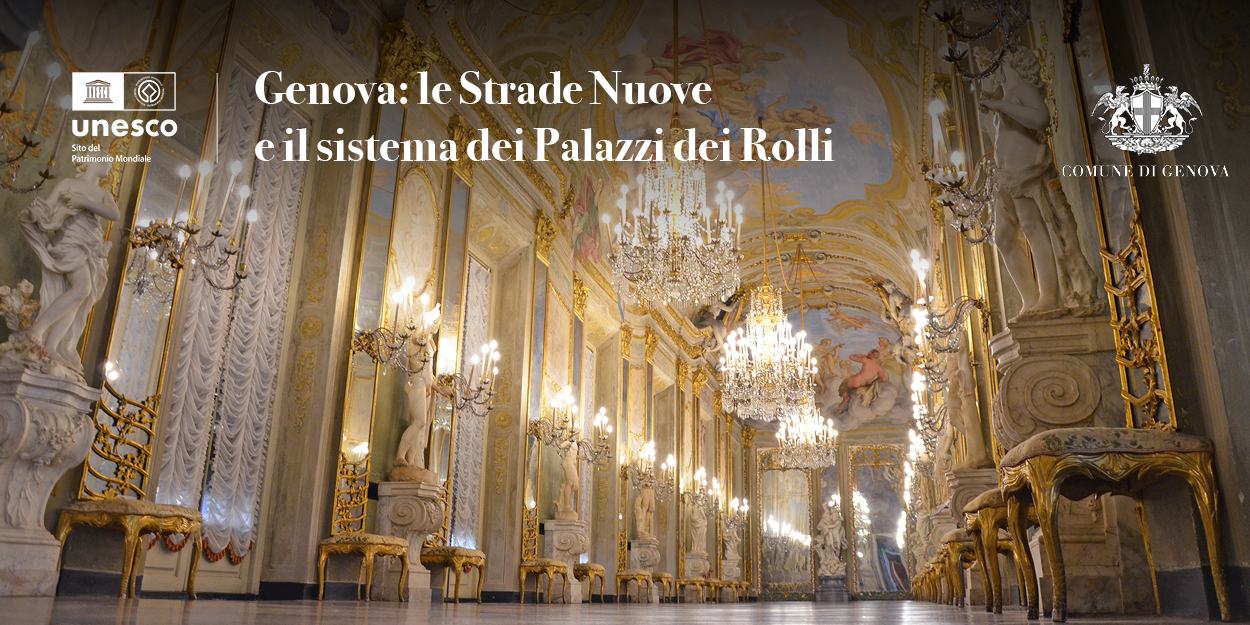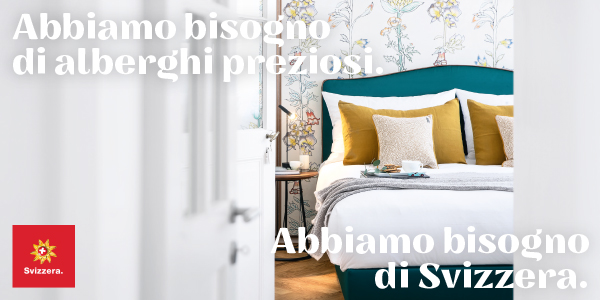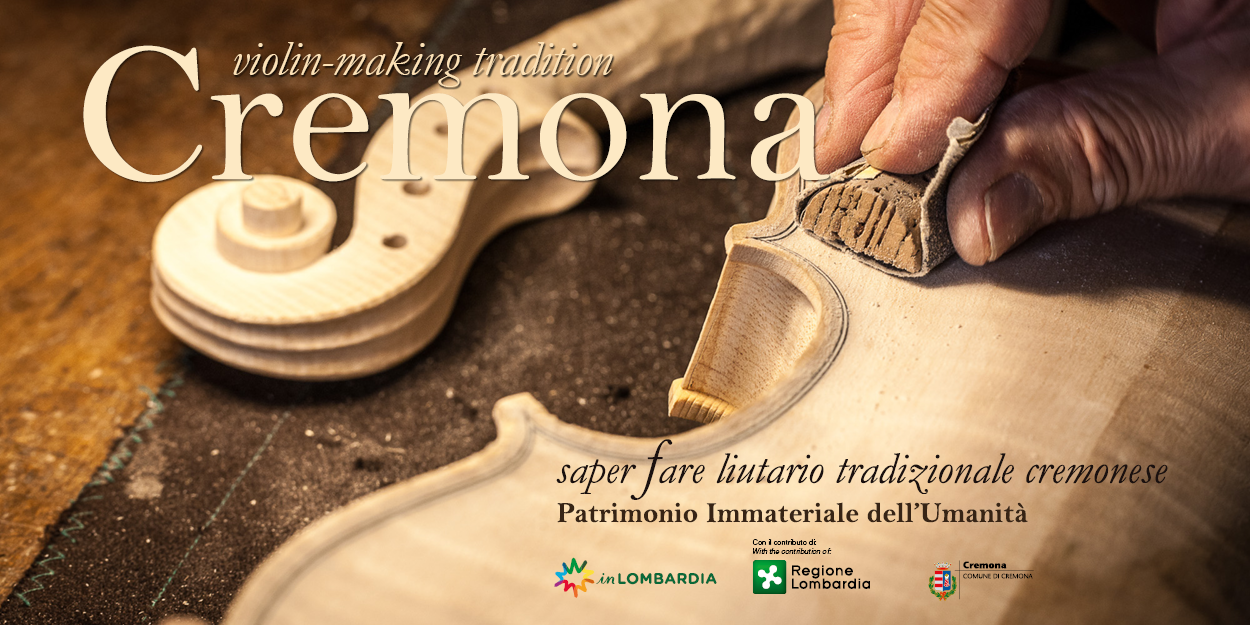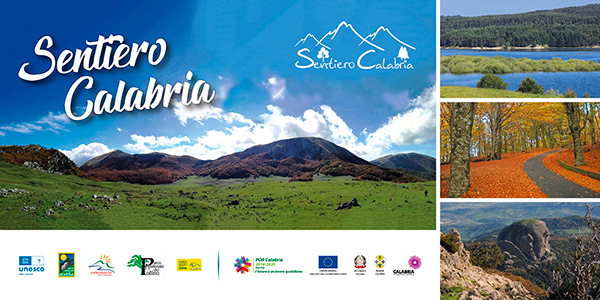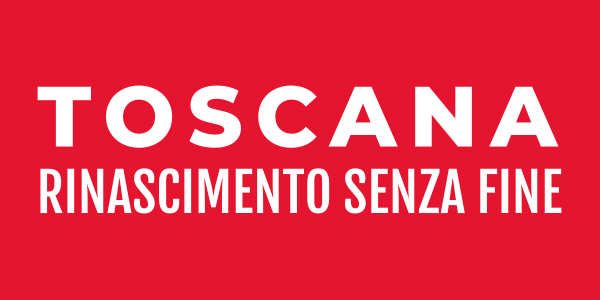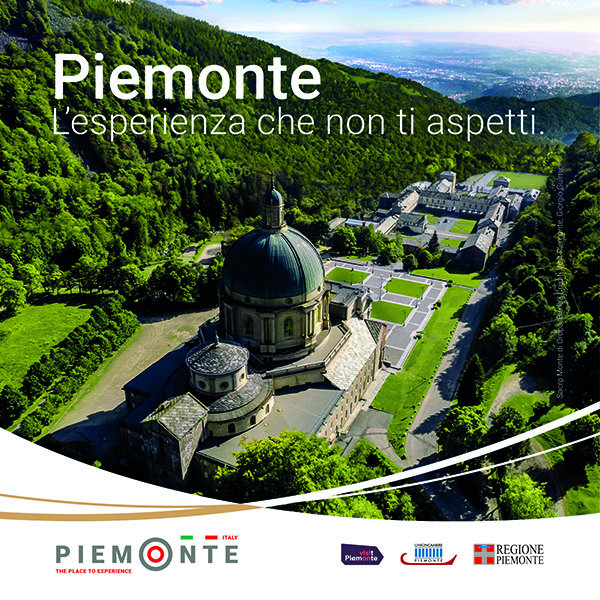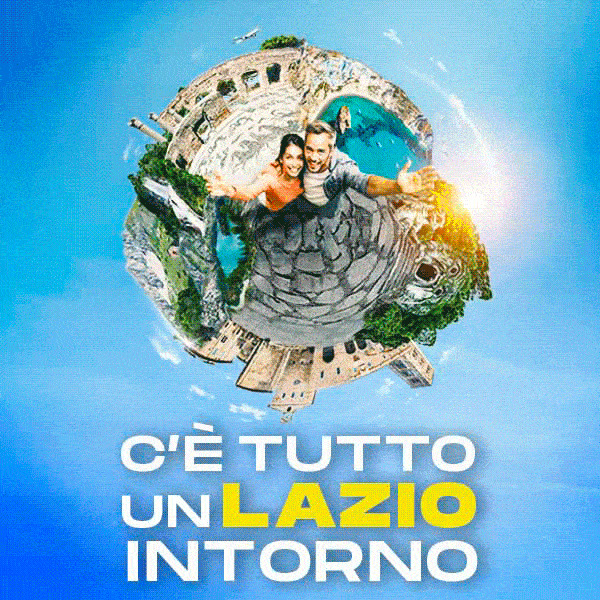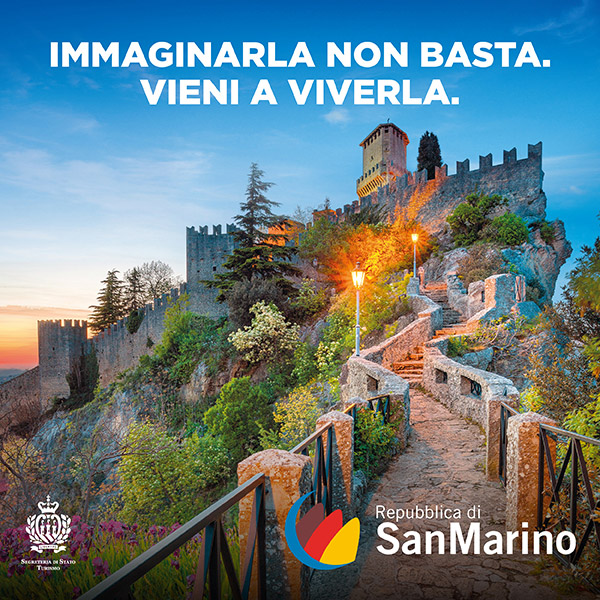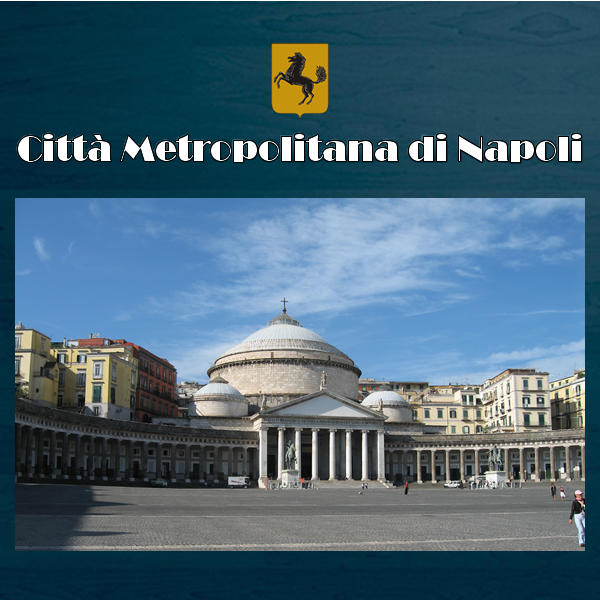Location
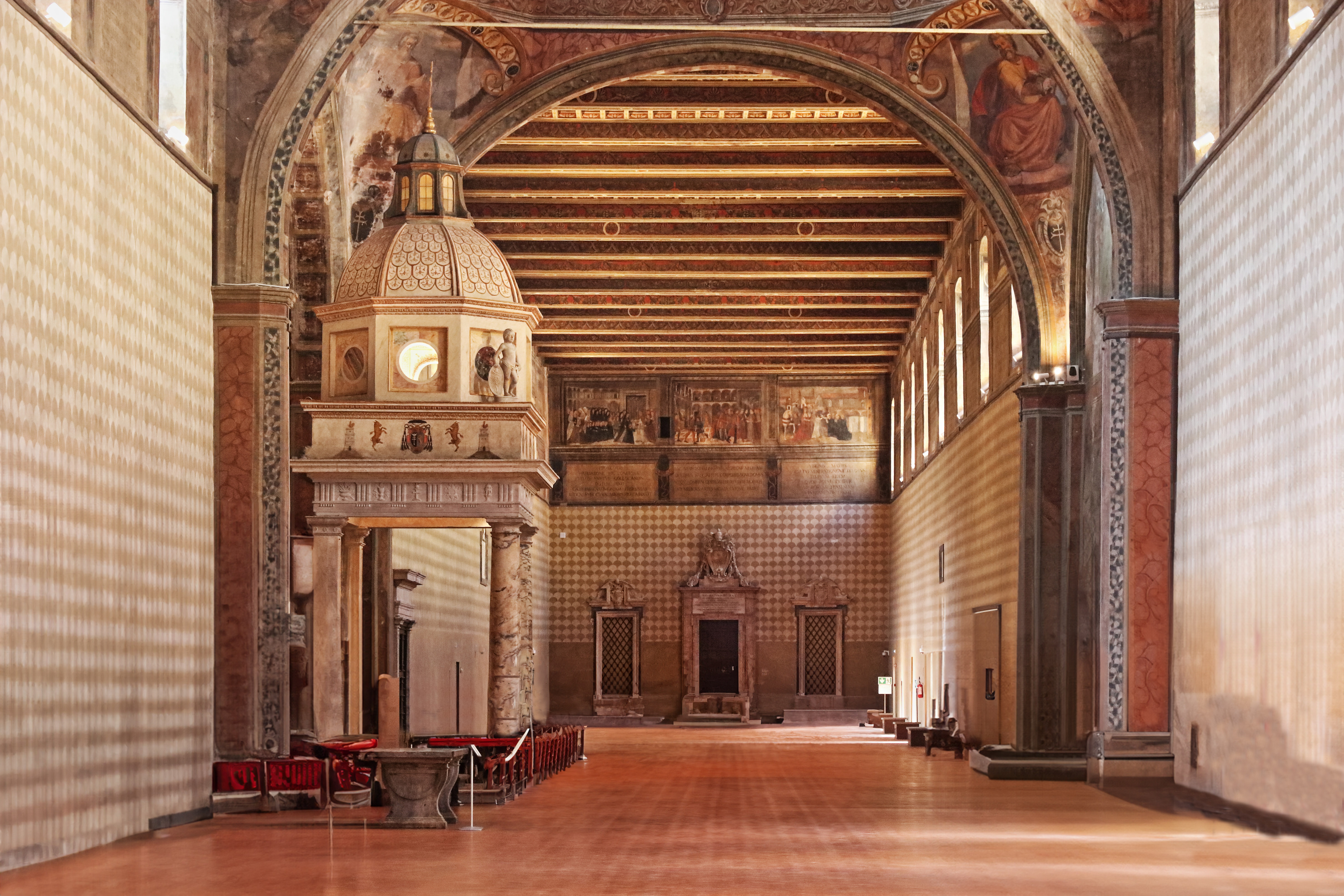
The WTE of Rome at Corsie Sistine
The ancient Corsia Sistina was built, presumably based on a design by Baccio Pontelli, in 1473 under the commission of Sixtus IV, after the wear of time and especially the fire of 1471 irreparably damaged the preexisting Innocentian building.
The Corsia was part of a broader project that included a building for friars, one for nuns, and the bell tower.
The large Corsia, originally known as the “Great House of the Holy Spirit,” measures 126 meters in length, 12 meters in width, and 16 meters in height. At its center rises the octagonal tiburium, set on four rounded arches, divided by a double order of pilasters and cornices.
The first order houses, within niches, the statues of the twelve Apostles, while the second order features painted figures of Prophets.
The grand painted frieze that decorates the top of the Sistine halls was executed by artisans from the Umbrian-Lazio school, under the commission of Sixtus IV, using the fresco technique.
The scenes unfold along the entire perimeter of the hall, covering an area of about 1,200 square meters. The cycle, originating on the eastern wall of the building, consists of a sequence of panels depicting the origins of the Innocentian hospital and the deeds of Pope Sixtus IV, from his birth to his death.
In particular, the first seven scenes are dedicated to the moral reasons and Christian motivations for the foundation of the hospital by Innocent III: the infanticide of newborns, their bodies thrown into the Tiber and found in fishermen’s nets, their remains brought to Innocent III; followed by Innocent III’s dream and the angel’s admonition to build a hospital for foundlings, and the papal choice of Santo Spirito in Sassia. Then, the image of the hospital’s construction appears in the next scene, followed by the creation of the order meant to serve in the hospital and the donation of the Veronica.
The subsequent fifteen scenes narrate episodes from the life of Francesco della Rovere before his election to the papacy, many of which pertain to his childhood. These are followed by his coronation at the Lateran, his visit to the ruined hospital, and his decision to rebuild it.
The next scenes focus on Sixtus IV’s charitable construction activities throughout the rest of Rome.
Further scenes depict the political activity of Sixtus IV as a sovereign pontiff. One scene recalls the restoration of the Vatican Library. The fresco cycle concludes with the depiction of Sixtus IV’s death, the presentation of his greatest merits before God: the hospital, the bridge, and the churches he built. Finally, it depicts the Pope’s entrance into Paradise.
Each panel is accompanied at the bottom by explanatory inscriptions executed in three different phases: the first ones, contemporaneous with the frescoes; the second, at the end of the 1500s, upon the completion of the pictorial cycle; and the last additions in the mid-17th century, during the first restoration works, which included the opening of large rectangular windows replacing the preexisting mullioned windows.
In 1650, Commander Stefano Vaio had a small window opened onto the Sistine Wards, now accessible from the Lancisiana Library, to observe the work of the medical staff.





